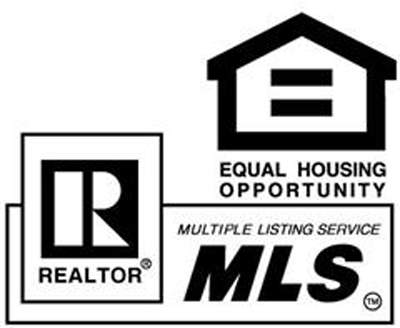First-time buyers as a share of the housing market continues to lag, and with interest rates potentially going up as soon as December, things could potentially get worse before they get better for households trying to get into the market.
There are many reasons for the drop in first-time buyers—strong home price appreciation, tight underwriting requirements, too-few homes for sale at affordable price points—but there’s at least one bit of good news to report: The Federal Housing Administration (FHA) is making it a little easier for buyers to get federally insured financing for condominiums. This is important because condos have traditionally been one of the best ways for new home owners to get into the market.
Under administrative changes, FHA announced at the 2015 REALTORS® Conference & Expo in San Diego last week that second homes are no longer considered “investment property” for purposes of determining the owner-occupancy ratio of a project.
Prior to the change, if someone who owns a unit in a condo project uses the unit as a second home, that unit doesn’t count as part of FHA’s 50-percent owner-occupancy requirement. Under that requirement, if fewer than half the units are owner occupied, someone who wants to buy a unit in the project can’t get FHA-backed financing. That hurts if FHA is the only viable financing option.
But the FHA change has wider implications than that because it sends a signal to conventional and other mortgage financing sources that it might be time for them to rethink their owner-occupancy ratios as well.
FHA announced two other changes at the NAR conference last week: a streamlined recertification process and an expansion of the types of insurance condo owner associations can have for their project to be eligible for FHA financing.
These three changes are key because they address one part of condo financing that has nothing to do with the creditworthiness of the borrower: they address the hoops the condo project has to go through before FHA will permit a borrower to apply for its mortgage insurance.
It’ll be helpful to watch how things change in the months ahead to see if the eased requirements lead to more households obtaining FHA financing for condo purchases. But for now, REALTORS® can take satisfaction in knowing FHA responded to concerns NAR had been raising for the last three years. And more changes are in the works, according to the FHA official who announced the changes last week in San Diego.
—Robert Freedman, REALTOR® Magazine.


